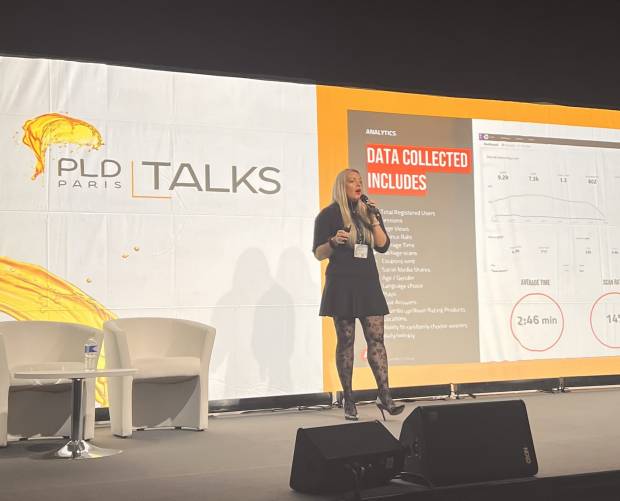Rich Holdsworth, Chief Technology Officer at Wapple, discusses Vodafone's plans for mobilising the Internet

Vodafone's recent move to make
the Internet mobile is a step forward for mass adoption, but a
technological triple-jump backwards for the real mobile Internet. The
new technology now in place on the Vodafone network adapts websites to
mobile handsets. This means that where before, users hitting a URL that
didn't support mobile devices would have been presented with a simple
error, now they get to see something that, well, kind of works.
The
problem is that this is an automated transcoding solution, where a
piece of software decides which parts of a website users should see on
their mobile and discards the rest. Then it reduces that down to plain
text, simple links and extra-compressed images before sending it to the
mobile device. What actually gets delivered is a far cry from the
original site, dumbed down to the lowest common denominator in handset
terms. In fact, it's pretty much exactly what you might have expected
to see on a very basic WML site three or four years ago.
But today's
mobile browsers are capable of much more than this; carrying styles
that reflect branding, displaying high-resolution images and serving a
much more mobile-centric experience.
But there's much more to this.
Mobile transcoding is, at its best, just a guess at what should and
shouldn't be processed. This presents a huge problem for any software
that must recognise the components of a website to use, and determine
those to discard.
Take two websites from different organisations
that serve a similar purpose. TV channel sites are great for this, as
while they all provide users with programme listings, news, special
offers and extra activities; they generally present themselves in
unique and very different ways.
Any transcoding system is going to
have a lot of trouble giving users what they really want from these
sites. Visiting Sky.com on a Vodafone handset is testament to this
problem. The content that the transcoding system delivers to a mobile
device is utterly destroyed in the process, splitting it over several
mobile pages, stripping main navigation, removing flash content and
ultimately rendering it impossible to find out what's actually showing
on Skys channels.
And this presents the final part of the problem.
Although the technology that underpins browsing on mobile handsets is
Internet technology, the idea that what users want to do with their
mobile phones is browse exactly the same content that they would while
sat at a PC with time to kill, is flawed.
For mobile users, an
Internet experience is about consuming information directly and
immediately, not browsing for it over a period of time. On a PC, we all
have a big screen and a mouse. It's fast to click around from page to
page, looking for the information we need and possibly clicking off
track to explore a little. This simply isn't possible on mobile
devices, as the networks are considerably slower and navigation on a
small screen is clumsy and awkward.
A good mobile Internet site is
one that has been built up with a mobile user in mind. It considers the
content that mobile users want to consume and presents it to them in a
way that they can use in a practical manner, given the constraints of
their device. It takes advantage of the capabilities of modern mobile
browsers, and repurposes to more basic devices. Finally, of course, it
reflects the brand behind the site, and places the site owner in total
control of the content it serves to its users.
Sadly, while
Vodafone's current solution does great things for educating users to
the possibilities of using their mobile for much more than making phone
calls, it falls short in actually presenting a useful and fulfilling
experience to them, or allowing businesses to communicate effectively
with their customers through the medium of the mobile Internet'.







